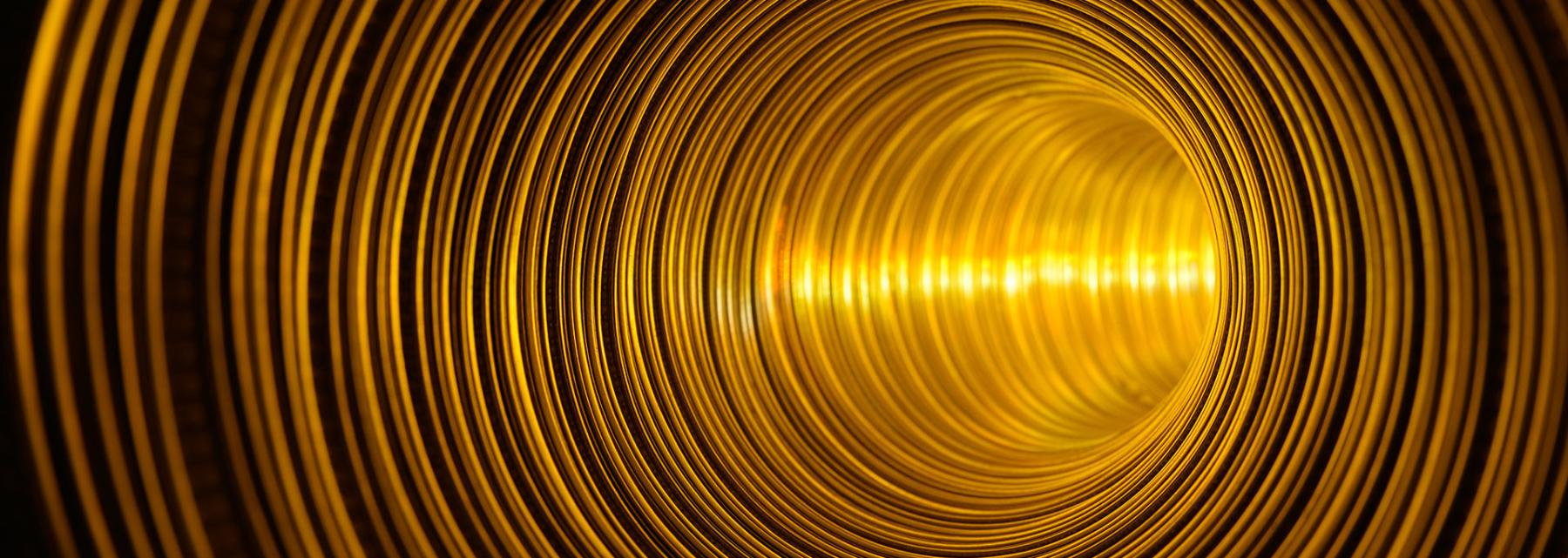
What's Your Frequency?
The purpose of this lesson is to introduce and apply the concept of frequency.
Students will begin by a motivating “click the mouse” challenge. This will help them to develop the concept of frequency. They will transfer this concept to a hands-on lab where they will be creative and measure various types of frequencies.
The lesson then transitions to sound waves where students learn about how energy can be transferred through air with a given frequency. They learn how to measure this frequency and then use a cell phone app to record their own sound waves and measure the associated frequencies.
Lastly, a set of problems is provided that allows students to further practice the concepts at hand. This lesson will take between 2-3 class periods. Very few supplies are needed
Lesson Plan Link/URL
https://docs.google.com/presentation/d/129rpzuJMrkNVskJkCZekBa2EAXxJQ0rM/edit?u…Subject Area
Science Physical Science P4: Energy Transfer Technology 5. Computational Thinker Mathematics Number and Operations—Fractions (NF) Measurement and Data (MD) Ratio and Proportion (RP) Expressions and Equations (EE) Algebra (A) Reasoning with Functions and Relations (RFR) English Language Arts (ELA) Speaking & ListeningRelated Content

Students learn about the chemistry that exists in some of the world's oldest surviving paintings. This lesson is the final part of a 3 part painting series, and focuses on binding agents in paint

Students measure the temperature of water as it cools to learn about heat transfer and thermal properties while using line of best fit, linear regressions and/or quadratic regressions.

This lesson is an activity to show how projectile motion and many other motions in nature fallow a parabolic curve. Students will manipulate that knowledge and analyze data using small play tanks to